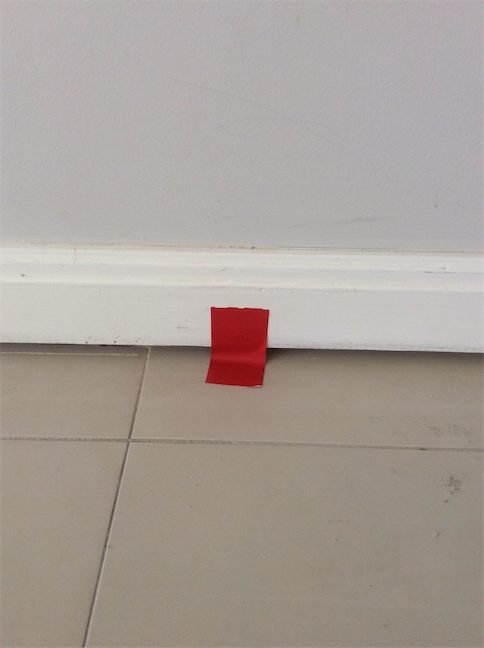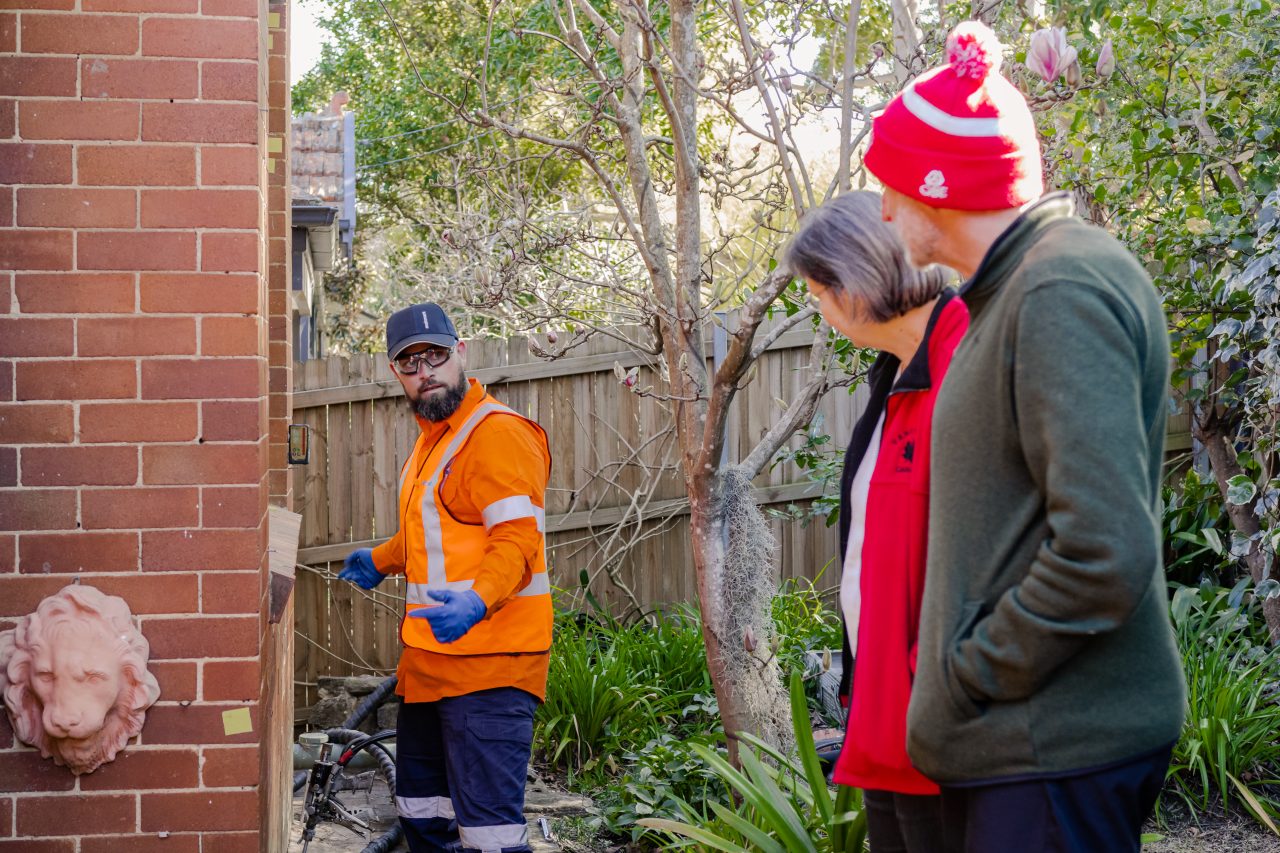Mainmark Ground Engineering
Resin Injection Underpinning Services in Melbourne
If you’re dealing with sinking foundations, cracked walls, or house subsidence in Melbourne, understanding your underpinning options is essential.
Concrete underpinning solutions, such as resin injection underpinning, is a cost-effective way to re-level driveways, repair structural cracks, and stabilise your home’s foundation. Whether you’re facing a sinking foundation, or need to address house levelling issues, ground improvement methods like resin injection underpinning can raise, re-support and re-level your property.
With 35 years of experience, Mainmark specialises in advanced foundation repair solutions, ensuring your home is safe and stable for years to come.









































